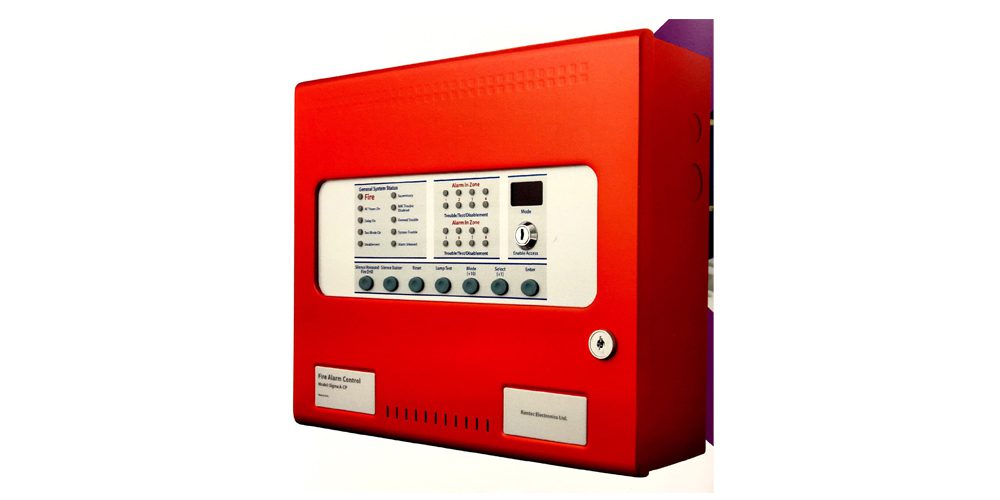

Conventional Fire Alarm Control Panel
The INNOVEX® Conventional Fire Alarm Control Panels are designed for the most demanding of conventional fire detection and alarm system applications. INNOVEX® panels are available with two, four and eight detection zones. INNOVEX® panels are compatible with most standard, conventional detectors, call points and sounders. The simple programming interface on INNOVEX® panels allows simple configuration of many parameters. INNOVEX panels combine compact and practical styling with the programming power and connectivity required for the most complex and demanding conventional fire alarm system installations. INNOVEX® panels are UL Listed and FM approved.